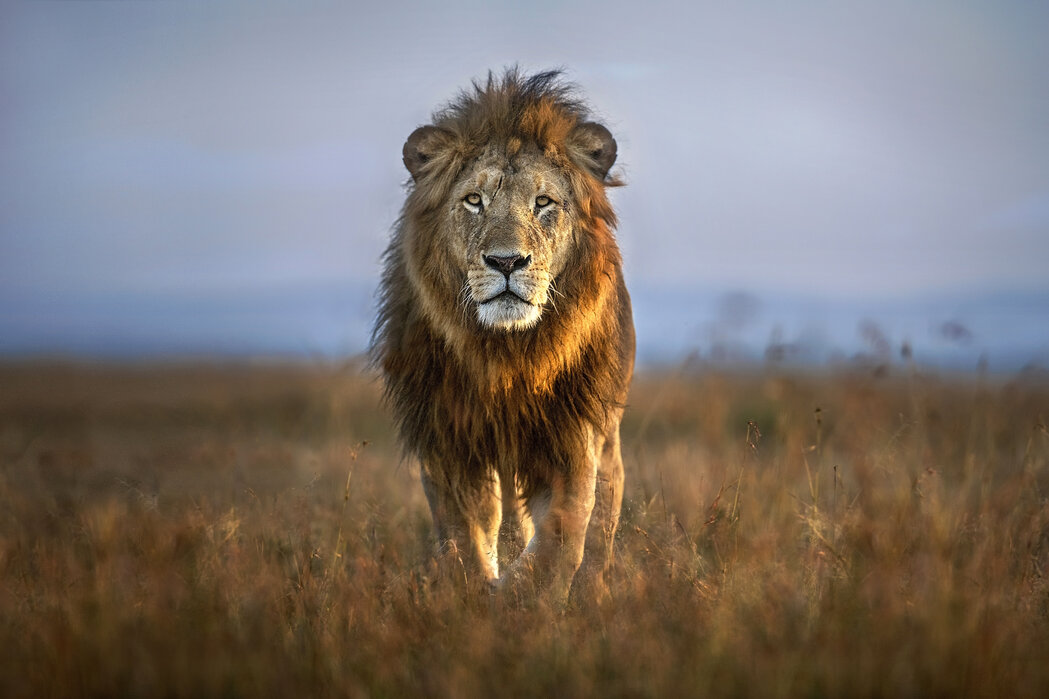
Shooting great wildlife footage can be quite challenging as you’re dealing with animals that can be unpredictable. The best wildlife videographers are the best because they have the right gear,, they put themselves in the best position to get the most epic shot. Here are some tips for shooting great wildlife footage.
You should set out with a basic plan, but keep it flexible so you can adjust on the fly and not get too disappointed if things don’t go your way. Observe your surroundings so you can find other vantage points if your first choice isn’t working out. If one entire location isn’t getting you any results, plan out some other places you could pick up and go to as long as you aren’t sacrificing too much time and light.
Having a basic plan can help narrow your initial focus, but allow you to make adjustments based on what the actual reality of your shooting location ends up being.
The right gear isn’t always the most expensive or the most cutting-edge piece of technology available (although it can certainly help in many cases), but the best for your shooting situation. You may not be able to lug a high-end cinema camera and its tripod or gimbal 10 miles through the swamp. Similarly, having only one prime lens could severely limit the amount of footage you can capture.
Think about where you’re going, and what type of footage you’re planning on shooting, then choose the gear best suits the situation. You’ll almost always need a tripod, a stabilizer, or some other mount to keep the shots steady, which is crucial for great footage. As contributor Shannon__Wild says, “A quality, sturdy tripod is essential for this line of work.
Accessories like lens hoods can block flares, glares, and protect your lens; lens extenders can give you a longer focal range (at the expense of a couple stops of light); ND filters can allow you to shoot with a larger aperture/more shallow depth of field in brighter environments.
You should always follow the basics for shooting high quality video, meaning using the rule of thirds, avoiding mid-day shooting when possible, and minimizing shakiness (among other things), but there are also additional aspects to consider when you get in position and start to hit record.
Overall, telling a story should inform a lot of your decisions when it comes to shooting wildlife. The composition, the focal length, the frame rate, etc. all contribute to how the footage is interpreted. If your story is about how fast cheetahs are, that should come across in your footage. If your story is about how cold it is where some animals live, show them in their natural surroundings.
Sound can be a vital part of creating an immersive viewing experience, but it’s also hard to capture sound if you’re shooting from far away with telephoto lenses. If you or other videographers are close enough to your subject to capture the sound, bring along a directional microphone (or use your camera’s shotgun mic), a wind screen, and pick up some ambience of what you’re shooting. Get the microphone as close as you can or feel comfortable doing, and see how it works. If your location is a predictable spot for the animals to be, you can even try placing a microphone there before they arrive.
If, however, gathering sound isn’t feasible due to the extra weight or the distance you are from your subjects, don’t hesitate searching through the Pond5 Sound Effects collection to find something that works. Either that or try and foley some in yourself. After all, many sounds for wildlife films are a mixture of in-studio production, pre-recorded sounds, and sounds shot on-location.
Patience is the name of the game when it comes to shooting wildlife. One reason is that animals need to get comfortable with you; another is that you may need to arrive well before they do and wait for them to show up. You’ll be able to pick up on their habits, know where they’re going, and understand the bigger story. This advice works for the environment you’re filming as well. Observing the environment around you helps you to understand the terrain, the best shooting angles, and can lead to better footage all around.
As Gene Cornelius, Pond5 contributor “Mizamook” says, “luck is a factor, of course, but patience, I think, wins the day. You quickly discover that you are not patient enough as the event you’ve been waiting for happens always the moment you strike your tripod, decide to go for a break, or even turn away to fumble for a spare battery. Had you been a tad more patient, you might have had it.”
In this entire filmmaking try not to damage the environment around you or harm the thing you’re trying to capture. This includes not littering, not walking in roped off areas and respecting barricades.
As a videographer( or videographers if your in a group) these tips will help so much and upgrade your videos.
Modus Film is a video production company based in Kent and London. Our services are nationwide and our video marketing agency can help you make some ground breaking content. If you want to discuss this further contact us or better yet see how video marketing can transform your current marketing mix. We are now fully PPE compliant. Plus we carry on working!
As video marketing experts we are specialists in all forms of video marketing. Here at Modus Film, we have completed many projects for our clients that have required us to define a digital strategy with really great results. If you want to speak to a specialist email [email protected] or call us on 01233 273 273.
We are still an active creative marketing agency. Video production company London, Video production agency Kent.